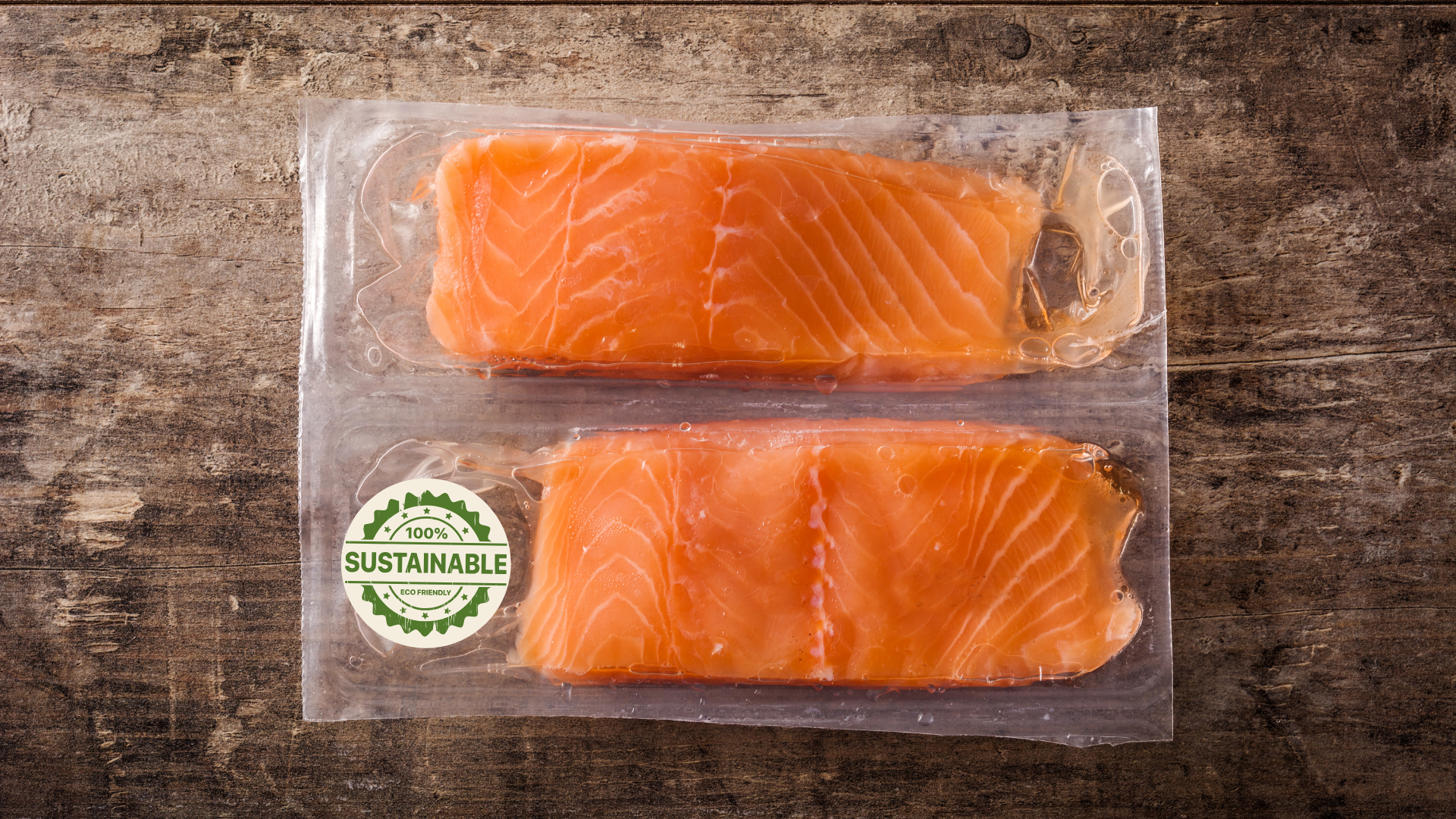How to Read Food Labels (and See Through the Marketing Lies)
Walk through any grocery store and you’ll be bombarded with words that sound healthy, ethical, and sustainable: clean, natural, sustainable, superfood, free-from. But here’s the uncomfortable truth: most of these labels mean absolutely nothing.
In today’s wellness-obsessed marketplace, food marketing is often a masterclass in misdirection—leveraging feel-good buzzwords with no legal backing. And unless you’re paying close attention, it’s easy to believe that a label like “farm-raised” or “cage-free” implies something it doesn’t.
Let’s break down the difference between regulated labels (backed by law or third-party standards) and marketing language (used freely, often with no oversight).
The Most Misleading Food Labels
These are the terms that sound virtuous but are often unregulated, undefined, or deceiving:
“Sustainable”
“All Natural/100% Natural”
How it sounds: Clean, chemical-free, straight from nature
Reality: The FDA offers no formal definition. “Natural” products may still contain GMOs, pesticides, preservatives, and antibiotics.
“Farm-Raised”
How it sounds: Rustic, ethical, local
Reality: Most seafood, poultry, and even eggs are technically “farm-raised”—but “farm-raised” (in big agriculture) simply means bred in captivity. This label offers no information about sustainability, feed, health of the animal, or ethics of production.
“Clean”
How it sounds: Pure, safe, nourishing
Reality: This is a subjective buzzword with no regulatory or scientific basis. It means whatever the brand wants it to mean.
“Superfood”
How it sounds: Nutrient-packed, powerful, longevity-promoting
Reality: There is no scientific or legal definition for “superfood.” It’s pure marketing.
“Cage-Free”
How it sounds: Humane, free-roaming, happy animals
Reality: Regulated by the USDA—but all it means is the animals weren’t kept in cages. It does not guarantee access to outdoors, adequate space, or better living conditions.
“Free From...”
How it sounds: Transparent and safe
Reality: Companies often highlight what's missing (“free from hormones,” “free from sugar”) to distract from what's still present. There’s no standard definition or enforcement for most “free from” claims.
“Grass-Fed”
How it sounds: Pasture-raised, nutrient-rich
Reality: The USDA once required that “grass-fed” animals consume grass only—but dropped its verification program in 2016. Today, unless it says “100% grass-fed” or “grass-finished,” the animal may have been grain-fed before slaughter.
The Few Labels You Can Trust
These are the rare exceptions: regulated or third-party certified labels that require farms or manufacturers to meet strict standards.
USDA Organic
Prohibits synthetic pesticides, GMOs, antibiotics, and certain confinement practices
Regulated by the USDA; annual inspections required
Verified for both crops and animal products
Did you know?
If a product is certified USDA Organic, it’s also automatically non-GMO. The use of genetically modified organisms is strictly prohibited under organic standards (USDA Source). So if you’re trying to avoid GMOs, looking for the USDA Organic seal is a powerful shortcut—it eliminates the need to hunt for a separate “Non-GMO Project Verified” label.
That said, if going fully organic isn’t always realistic, Non-GMO Project Verified (see below) is still a meaningful step above no label at all. It doesn’t guarantee pesticide-free or humane practices, but it does verify that genetically modified ingredients weren’t used.
Certified Animal Welfare Approved
This voluntary certification is the only USDA-approved animal welfare certification that specifically supports independent family farms committed to the highest standards of humane treatment. Animals are raised outdoors on pasture or range, and the standards go beyond the basics—covering breeding, transport, and even slaughter practices. Unlike some programs that inspect only a few locations, every farm is audited regularly, and full compliance is required. Originally developed by the Animal Welfare Institute, the program is now run by the nonprofit A Greener World (AGW).
Voluntary but third-party audited
Requires humane living conditions, natural behaviors, and stress reduction
Not all brands seek certification—look for the seal
Non-GMO Project Verified
Requires rigorous testing and supply chain audits to ensure ingredients are GMO-free
A credible third-party verification for consumers avoiding genetic modification
Certified Sustainable Seafood
There are two different labels to look for when looking for seafood.
Marine Stewardship Council (MSC) – Best for Wild-Caught Seafood
What it is: An independent, nonprofit certification that verifies wild fisheries meet rigorous sustainability standards.
Why it matters: MSC-certified fisheries are assessed by third-party auditors to ensure they maintain healthy fish populations, minimize environmental impact, and uphold effective management practices.
Look for: The blue MSC label on packaging, indicating the seafood is traceable to a certified sustainable source.
Aquaculture Stewardship Council (ASC) – Best for Farmed Seafood
As I detailed in this blog, I no longer eat farmed seafood. I would encourage you to read it and make the decision that is best for you! I also realize this option is not available to everyone, so I’m including this label here.
What it is: A globally recognized certification for responsibly farmed seafood, focusing on environmental and social responsibility.
Why it matters: ASC standards cover environmental impact, fish health, feed sustainability, and worker rights. Certified farms are audited to ensure compliance with these stringent requirements.
Look for: The green ASC label on products, signifying the seafood was farmed responsibly.
Bottom Line: If It’s Not Regulated, It’s Just Marketing
Most of the feel-good words on your food label are designed to sell, not inform.
And when it comes to foods like farmed fish, eggs, meat, and processed snacks, those soft-sounding words can be a smokescreen for:
Chemical-laden feed
Antibiotic use
Animal cruelty
Industrial pollution
Low nutrient density
If you want real transparency, start with certified third-party labels and direct sourcing—like regenerative farms, farmers markets, and verified wild fisheries. Better yet, develop a habit of reading ingredient lists, not just front-of-package claims.
Want Help Decoding Labels?
We’re working on a printable Label Decoder Guide to help you shop smarter, spot greenwashing, and protect your health. Want early access? Join the Waitlist Below!











